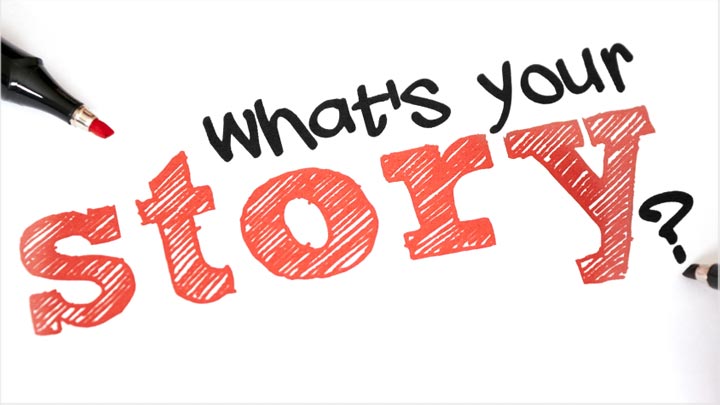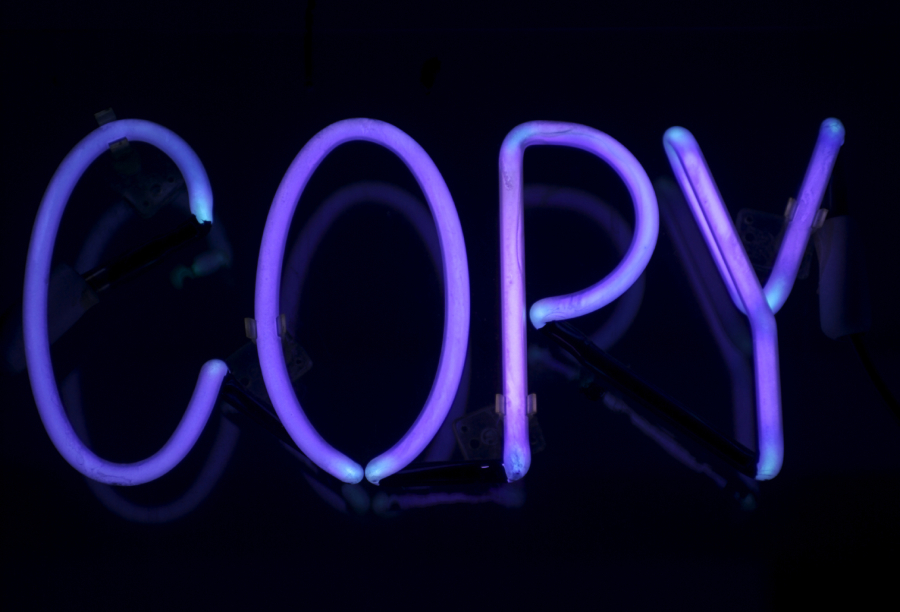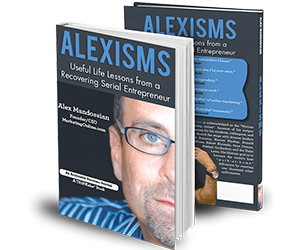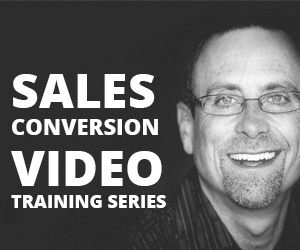Take the Guesswork Out of Seeding Your Sales

Remember that first date?
What did you guys talk about?
Who started talking first?
You can’t quite remember the specifics but you remember how you felt, right?
Did you get what you wanted?
Did you make her feel comfortable? Did you ask him a lot of questions about himself?
If you were dating to get married one of your questions may have been, “so what are you looking for?” or “what are your plans for the future?”
Well?? How did it go? Are you married? Engaged?
You did it! You got there! Congratulations! So…
How is being on a first date any different than talking to a new customer or client?
It’s not. Full stop.
And, if you’re married, guess what? You got that sale!
You can do the same thing in your business.
No one wants to be on a date and get a hard sell pitch about marriage or kids or mortgages, right?
So why do you think you have to do that when you’re talking to your prospects?
There is a way to subtly promote your products or services over time while having a dialogue with your prospect.
Learning to ask questions, and then listen and pinpoint a person’s objections and desires is an art. And seeding during this dialogue is just another aspect of the conversation.
So how do you do it?

The Importance of Storytelling to Seeding
Storytelling in sales is, in my opinion, the best strategy in one-to-one sales, speaking from the stage and even the written word, like copywriting.
Storytelling is a powerful way to engage your listener. You can deal with each of his objections while providing evidence of the advantages and success of your product.
Telling stories has been around as long as humans have been around. Storytelling will never go out of style. Why? Because it’s how we learn the best. When you tell a story and use powerful emotion and relatable characters it sticks with people.
People automatically respond with their own emotions about the character or events. Storytelling activates different aspects of our brains: our logic centers, our emotions, and our empathy.
When you activate all these areas the story sticks with the listener. The story has the power to give the listener a reason to act.
And there are several, powerful ways of doing this.
Storytelling One-to-One
The D.E.L.T.A. sales process is one of those vehicles for powerful storytelling. With D.E.L.T.A. you first develop a safe environment for your prospect so they are willing to engage with you.
What does that mean?
One of the ways you can develop a safe buying environment is to start your conversation with a story.
Click Here to learn how to start engaging in ultra meaningful dialogue to spark interest…
You can tell a story about your own experience with the product. You can also tell a story about one of your clients’ experience with the product.
So what does this have to do with seeding?
When you tell a story, either your own or someone else’s, you extinguish people’s defenses. The person stops thinking up objections and starts to listen.
A story will start planting seeds about the product.
When you’ve finished the story, you can start a dialogue by asking a question. A good seeding question after telling a story is, “Can you see the possibilities of an opportunity like this?”
That kind of question is called a seeding question. Then the prospect will be obliged to think about her response, “hmm what are the opportunities I can see?”
They may follow up with some objections, “Actually I can’t see the opportunity because I don’t have the money for something like that right now.”
Objections Don’t Suck.
Objections mean the person is thinking about the product or service and how it might fit into her life. Maybe it does, maybe it doesn’t.
When a dialogue has begun and you start planting seeds you both can decide together if it’s a good fit through the conversation.
Objections are simply a way to offer more information about your product or service. Take advantage of that and answer those objections.
You can also use storytelling as a way to answer those objections. That story will, again, plant a seed in the mind of your prospect.
Related Post: Aren’t You Glad You Read This Blog Post?
Related Post: Do You Make These Mistakes in Copywriting?
Related Post: This is How You Sell Anything
Selling From The Stage
So what do you do if you’re a public speaker who sells from the stage? Can you use seeding in that environment?
Absolutely.
I have a list of seeding sentences that I’ve memorized and I pepper them throughout my speeches and interactions with my audiences.
Here are a couple of these sentences:
“If you allow me to push you, I can help you eliminate your uncertainty…”
or
“Raise your hand if you can see the possibilities of the system I’m presenting here…”
These sentences really do most of the heavy lifting when I’m onstage. Why?
Because they plant seeds in people’s minds. These questions redirect people’s minds to start thinking about how the product or service will benefit them in the future if they make an investment now.
Do you see how applying this system could be the best decision you make this year?
That’s another one;)
You can also modify these questions to work in a webinar or other type of virtual stage.
Rule of Three
Where did these seeding sentences come from?
I got them from someone I consider to be the best stage presenter I’ve ever seen, Ted Thomas. If you ever get the chance to hear him speak don’t pass it up.
He uses specific word patterns and calls these patterns Trial Closes. And this is how these seeding sentences were born.
When I speak from the stage and I’m ‘selling’ something, I use these trial closes or seeding sentences in 3’s. While I’m speaking to an audience I’ll ask them 3 of these trial close questions over time.
That has the effect of ‘seeding’ throughout my presentation. So by the time I’m asking my audience if they want more info on the product or service, well, of course they do!
They’ve been pondering my questions in the backs of their minds and now they want answers.

Seeding in Copywriting
These trial closes or seeding sentences are also built for copywriting and the written word.
So what is copywriting?
Copywriting is anything in print that is a communication from you, the entrepreneur, to your audience, followers and customers.
Copywriting is your tweet, your ad, your Facebook post, etc. And good copy build awareness, trust and likability for your product and company.
You can use seeding in your copy as a vehicle for understanding your prospects needs and wants better.
When you ask a question like, “Do you see the simplicity of this process?” you do two things:
- You open up a dialogue with your prospect or follower
- You redirect the prospect’s mind to look for answers to your question
You are starting a conversation with your readers. That gives them the opportunity and curiosity to want to know more.
What are the exact triggers you can use to speak to your customer’s deepest motivations? Help them decide to join your premium programs without high pressure tactics.
Your Candidates will Become Premium Customers Without Rejection! >>
So Why Use Seeding?
Besides starting a conversation there are two really powerful reasons to use seeding in your own sales.
If you struggle with the sales process, if you are uncomfortable selling or don’t feel that you’re good at it, seeding is a simple and subtle way to promote your services without hard selling.
Seeding stops the hard sell and starts the conversation. That way you’re not focused on the end result of ‘getting the sale’. You’re focused on finding out where our prospect is in the process.
Just as seeding redirects your prospect’s mind, it also redirects your mind. It forces you to stop thinking about the sale and start thinking about the person in front of you.
Do you see the power of what these strategies can do for you?
Seeding provides you with a way to start a conversation, tell a story and really get to know your prospect, follower and customer.
Eliminating Rejection?
Can you eliminate rejection?
I don’t know.
I do know that I’ve made over $400ml using seeding strategies. That’s why I’m so confident in them. They have helped me tremendously in my business and my partnerships.
Seeding subtly promotes your product over time. Whether it’s over the time of an online course, a weeklong conference, or a one-to-one conversation, seeding builds rapport quickly.
When you spend time building trust, you allow people to get to know you and eventually like you. This know > like > trust process is done much more quickly when you seed.
So although I’m not sure if it’s ever possible to eliminate rejection altogether, you can greatly reduce it with seeding.
Related Post: Aren’t You Glad You Read This Blog Post?
Related Post: Do You Make These Mistakes in Copywriting?
Related Post: This is How You Sell Anything
The Wrap Up
You have the ability to win at this sales thing. Just remember back to your first date and remember that you won! You got that sale!
How about when you asked your parents if you could use the car all by yourself for the first time?
Or when you asked your boss for a promotion?
At some point in our lives we are all salespeople. We all gotta sell something, sometime, somewhere.
At one point or another your powers of persuasion won the day! And you can do it again.
Seeding is simply another tool in your entrepreneurial tool chest. But it’s one of the most effective tools you can master.
Seeding does several things:
- it starts a conversation
- it builds trust and likability
- it reduces rejection
Why would you not want to learn this valuable skill?
Also…
We all know that there are different personality types in the world, right? How do you know which one you’re dealing with during a sale?
You don’t.
But I’ve got a secret weapon that allows you to speak in a way that addresses every personality type in the right sequence so you don’t have to spend time figuring out which type you’re speaking to.
Click here for my secret weapon and learn to speak to every personality and address each of their needs all at once!
Do you use seeding in your sales already?
How is it working for you?













